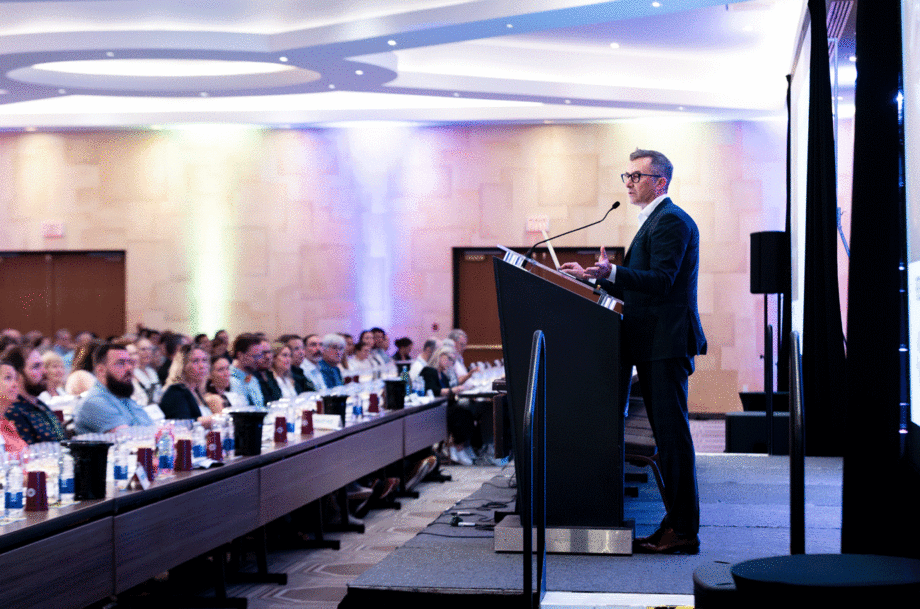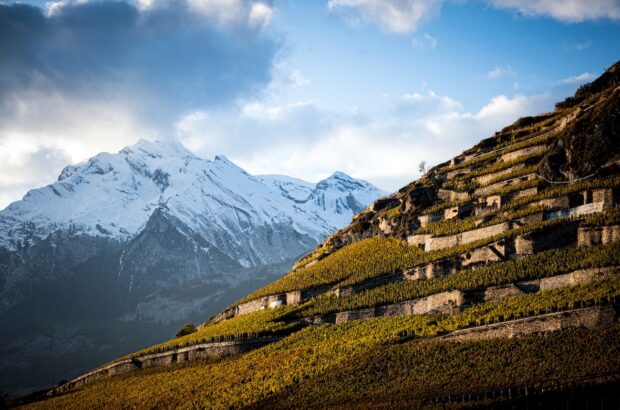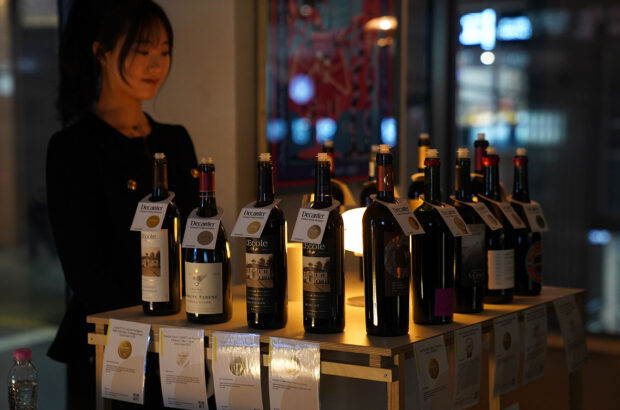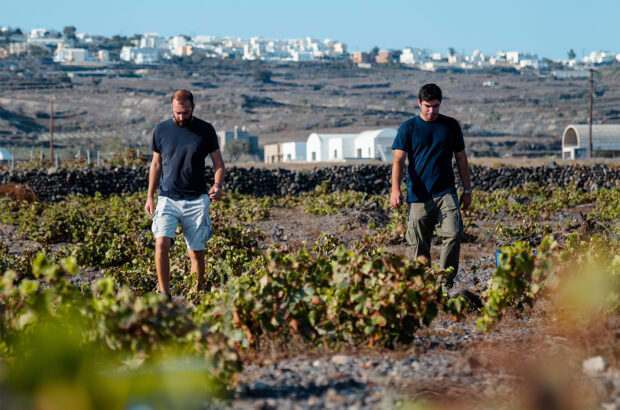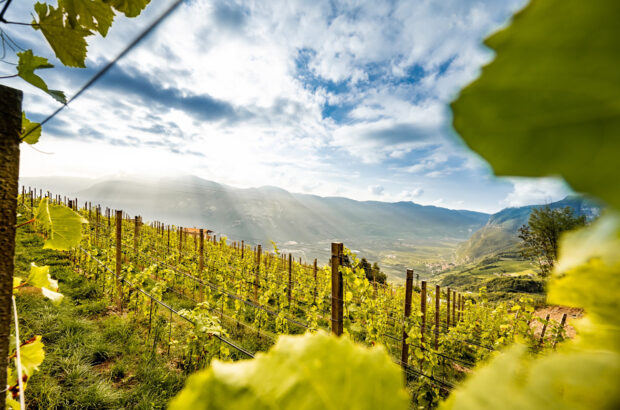The 15th annual International Cool Climate Chardonnay Celebration (i4C+), a four-day event celebrating the wines of the host site, Ontario, as well as those from international regions, kicked off on 17 July 2025.
A consumer-focused agenda of wine tastings, food pairings and gala dinners, hosted by regional Chardonnay producers, included a one-day School of Cool featuring panels and seminars on the Thursday before the weekend’s festivities.
This year I was honoured to be invited to deliver the event’s keynote address and moderate the first panel.
The three panels discussed topics that ranged from the ageability of local Ontario-grown Chardonnay, the importance of Chardonnay in sparkling wines, and how Chardonnay appeals to modern consumers.
My keynote, which follows, was a meditation on the place that cool climate wines and wine regions will take in the future of the wine industry.
As the world evolves, I discussed the role that both a changing climate and demographic shifts play in positioning cool climate wines, as well as the connections to natural wines and the inevitable evolution that is much needed, yet still to come, in the wine ecosystem, particularly in the ‘New World’.
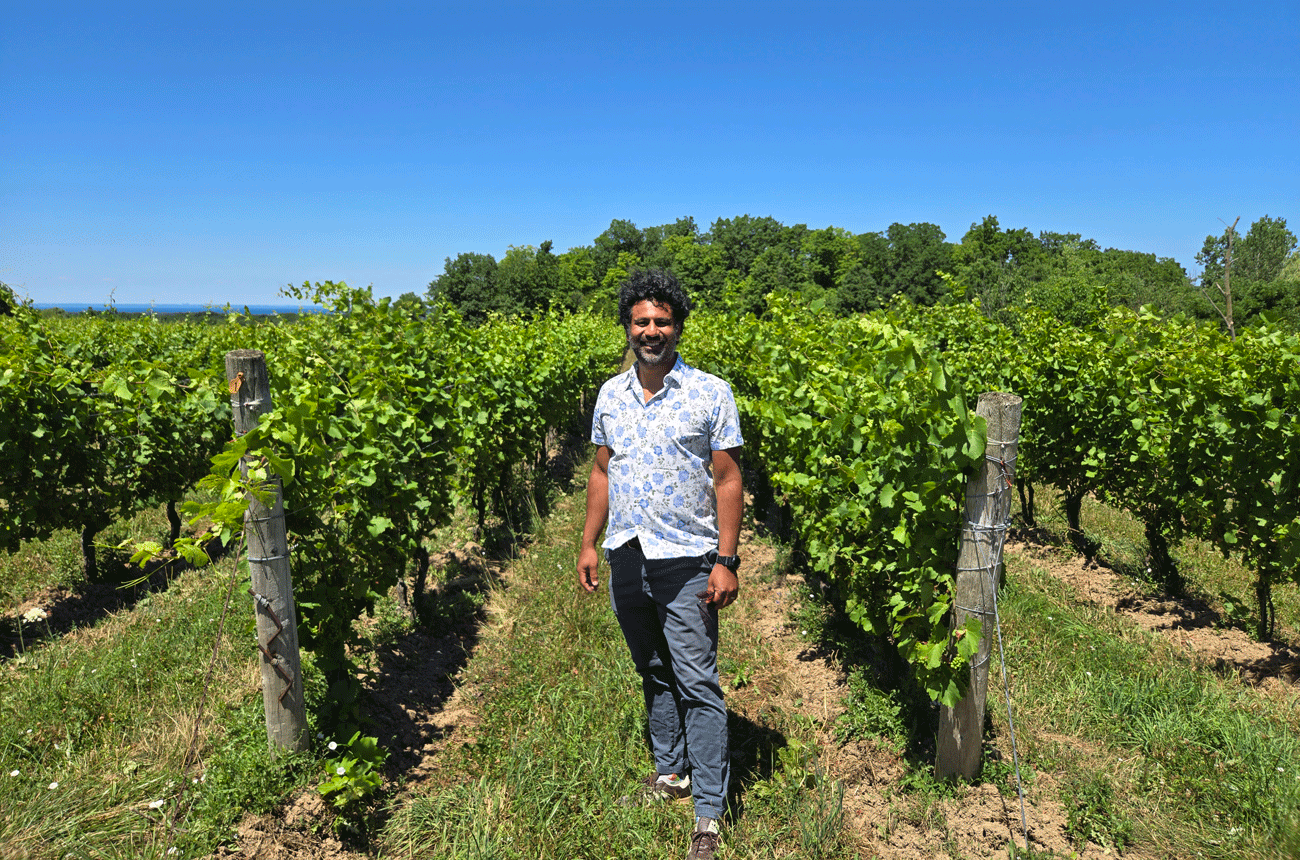
Shiraz Mottiar in his eponymous vineyard on the Niagara Bench. Credit: Clive Pursehouse
The notion of cool
Framing the conversation, we think of ‘cool’ and those on the fringe. We think of Miles Davis, indeed, we think of Joel Strummer, we think of Jean-Michel Basquiat.
The Fonz didn’t wear letterman jackets; he wore leather.
Cool emerges somewhere from the dark corners and shines its brilliance on those in the mainstream. It doesn’t quite fit in, and frankly, it doesn’t want to.
Cool though, despite its lingering on the edge, is aspirational. I can’t remember what I wanted to be when I grew up, but I know I wanted to be cool.
A challenging climate
Climate is not just making cooler regions available to wine production, though it certainly is. Witness the rise of English wine, and the Puget Sound region of Washington, which is now seeing reliable success ripening Pinot Noir.
Perhaps more notably for this conversation, on the rise of ‘cool’. The fact is that producing balanced wines has become more challenging for regions that have a long history of doing so.
Picking dates are being pushed earlier and earlier, putting the phenolic ripeness of particular varieties into question.
Heat spikes during veraison, particularly in 2022, spelled disaster for some producers in Napa, where in a few cases wines were not made, and drove alcohol levels, even on the Sonoma Coast, up for Pinot Noir in particular.
In parts of California and Washington state, we see perennial overripeness. Wines from Washington’s Columbia Valley were 12 and 13% alcohol in the nascent days of the region. In Paso Robles, Tablas Creek makes wines in the 13% range. Yet, many wines from these warm regions push or eclipse 15% abv vintage after vintage.
In addition to rising temperatures, wildfires and drought are making wine-growing a challenge in places where it once felt like smooth sailing just a decade ago.
There is a mitigated impact for cool climate regions, but that doesn’t mean immunity. Erratic frosts and hail, as well as disease pressure, continue to pose challenges for wine-growers in the world’s cool spots.
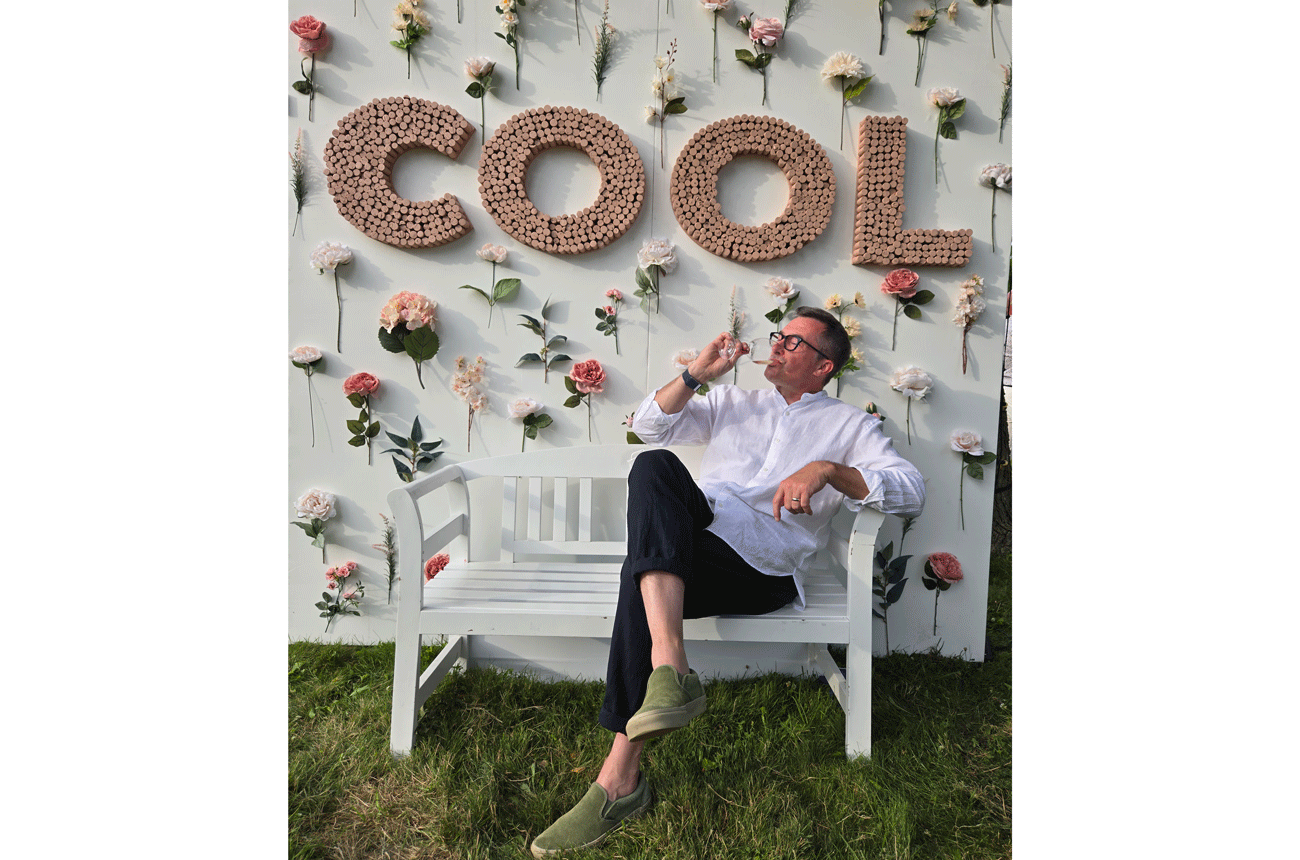
Cool is the future at the i4C+ event in Ontario’s Niagara region.
The kids are alright
The rise of new wine drinkers presents an opportunity to re-centre cool climate wines.
Palates of younger generations and more diverse demographics of wine drinkers do not want 14.6% Chardonnay or Pinot Noir. They’re not impressed by the big, ripe, round wines of 15% abv with plenty of perfumed oak. They are looking for an edginess, taut fruit, crisp minerality and soaring acids.
Here I will propose something controversial.
There is a tremendous opportunity for cool climate producers to appeal to maturing wine drinkers who are coming over to fine wine, from their natural wine beginnings. Young people are finding the natural category appeals to them not just because of the buzzy packaging and farming ethos, but there is also something undeniably about the style of wines.
Say what you will about natural wine, it is a critical category – one of the few areas showing growth in the wine industry, a real bright spot.
If you drink natural wine, you see the markers.
Brightness of fruit, freshness, acidity – sometimes, it’s even volatile, but let’s be honest. You’re far more likely to have someone graduate from natural wine to cool climate wines than someone who gets into wine drinking Gnarly Head Zin. Overtly oaky and velveteen in the palate, wines do not translate to nuances of minerality and texture, and especially bright acidity, the way that many naturally made wines do.
When I’ve encountered fine dining programmes with a natural wine programme, their so-called ‘conventional wines’ tend to be from places like Pfalz, Alsace, Savoie, Burgundy and Oregon. There is a reason for this.
Cool climate wine regions should embrace and invite their natural winemaking sisters and brothers to the conversation. There is a synergy there.
As Pete Townshend sang, the kids are, in fact, alright.
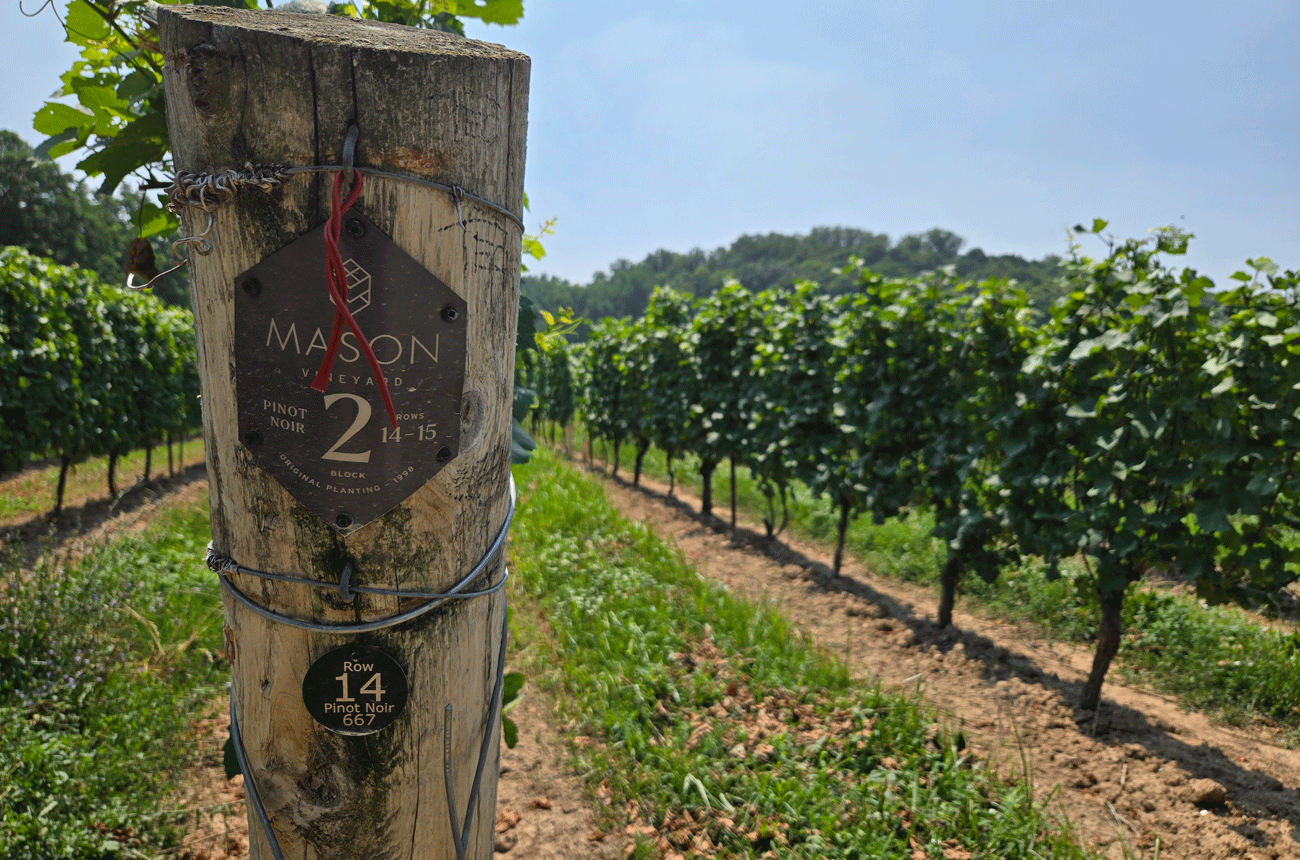
Mason Vineyard on the Niagara Bench is farmed by Kelly Mason, one of the region’s top talents. Credit: Clive Pursehouse
The conservative nature of wine
In a time wrought with change, wine’s biggest Achilles’ heel may not be the ‘neo-prohibitionist’ movement or the tendency for younger wine drinkers to drink less; it may be its conservative approach.
Wine is ensconced in old châteaux and Michelin-starred fine dining; it has cultivated an air of exclusivity that has made it both attractive and unapproachable.
The wine world doesn’t adapt well to change.
Moving away from concentrated ripe wines from the established regions and producers requires the elevation of new palates. It requires a recognition that today’s young and aspiring wine drinkers aren’t looking for the same thing.
It’s not just on the media side.
Winemakers today are cranking out plenty of wines that top 15% alcohol; ‘letting it hang’ and ‘watering back’ are still de rigueur production methods in many parts of the winemaking world. It results in wines with cooked fruit flavours, opulent concentration and viscosity. Winemakers have been able to dial in precisely what they believe consumers or critics want, adding acid in an attempt to counter the ripeness overload they pursued in the vineyard.
The wine industry needs new critics, new voices.
Wine regions, particularly those making cool climate wines, should seek out, celebrate and platform up-and-coming writers and critics who recognise these wines for what they are.
Establishment critics are not going to change their tune overnight. The industry, as we now observe it, is still in recovery from the so-called Parkerisation of wine – extraction, oak and ripeness. Often monosyllabic wines. We’re still recovering from what has been a 40-year trend.
It’s anything but ‘cool’.
In closing…
The facts are that a changing world, along with shifting demographics and drinking habits, have the wine industry on its heels.
As the industry struggles to get its footing, my hope is that wine may find itself returning to its roots. It has always been in the ‘Old World’, a thing, albeit a fine thing, one that makes meals and time well spent with friends and loved ones that much better.
Wine can make life better.
The loneliness epidemic is real, and wine may be one of the cures. It’s not single-serving; it’s designed for sharing and if you’re sharing it with food, all the better.
The rise of Parker saw the US industry, in particular, evolve so that for many, the primary aim became achieving a good Parker score. I don’t blame him for this; it’s just what happened.
Trophies and works of human design are not the future of wine; instead, they will be wines that bring joy to conversations, convivial moments with friends, and meals with loved ones.
As my London colleagues might say, ‘Keep cool and carry on’.
The future of wine is yours.


